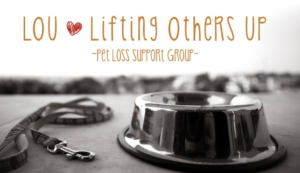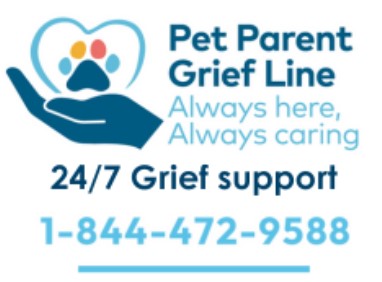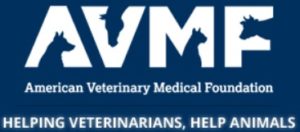Knowing When It’s Time
This is the most common and difficult question asked by pet lovers and caregivers. Unfortunately, there is no perfect answer to this question, as it is highly personal and dependent on not just the pet’s condition, as so many other factors come into consideration when making a decision for euthanasia. Here are some things to consider, tools, and articles that may help navigate you through your pet’s end of life journey:





